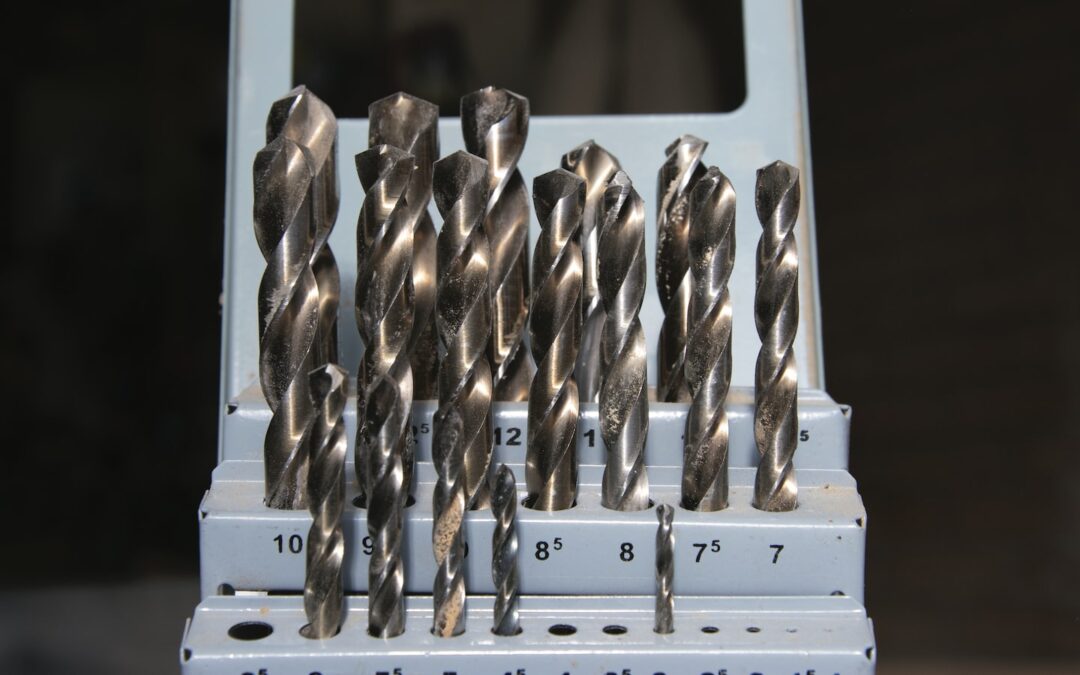Spine surgery is a complicated procedure, and there are many different types of tools and materials that surgeons use for treatment. One element commonly used for spinal fusion surgeries is the pedicle screw system, which provides a secure anchor for the spine when fusion is performed. But with trends and technologies advancing rapidly, it’s important to understand if the pedicle screw system is still useful in modern spine surgery.
What is a Pedicle Screw System?
A pedicle screws system consists of several components: mainly, two screws, rods, connecting anchors, and bone cement. The screws are screwed into a vertebra to provide stabilization and support during the spinal fusion procedure. The rods are placed around the screws and the connecting anchors are used to compress the fusion, thereby increasing stability. Bone cement is then used to seal the fusion into place.
Benefits of Using a Pedicle Screw System in Spine Surgery
Secure Anchor Point
The pedicle screws provide an anchor point for the spine, allowing the fusion to be secured with precision. This means there is a greater chance of the fusion being successful and long-lasting.
Easy to Adapt and Adjust
The rods and connectors used for the pedicle screw system are designed to be adjustable, so if the fusion needs to be adjusted or corrected, it can be done with ease.
High Stability and Strength
The pedicle screws and fusion connections create an extremely stable and strong backbone for the spine, helping to ensure the spine is stable during and after the fusion process.
Drawbacks of Pedicle Screws
Risk of Screw Damage
Due to the nature of the material and the design, it is possible for the screws to become damaged or broken if they are not installed properly. This can lead to loosening of the rods, instability in the spine, and more complications.
Longer Surgery Times
The pedicle screw system takes longer to install than other systems and materials, which can increase the duration of the procedure. However, this can be counteracted by the increased stability the screws provide.
Higher Cost
Pedicle screws are more expensive than other systems, so there is an upfront cost associated with using this method.
Are Pedicle Screws Still Useful in Modern Spine Surgery?
The answer is yes – pedicle screws are still very useful in modern spine surgery. The increased stability of the system and the ability to adjust the fusion during the procedure makes them a necessary part of many spinal surgeries. The cost, risk of screws becoming damaged, and slightly longer surgery times can be justified when balanced against the benefits they provide.
People Also Ask
Are pedicle screws still used?
Yes, pedicle screws are still commonly used in spinal fusion procedures and can help provide increased stability and support during a spinal fusion surgery.
What’s the difference between pedicle screws and hooks?
Pedicle screws typically have a much higher level of stability and are much easier to adjust during the course of a spinal surgery, while hooks provide an anchor point with less precise control and slower installation.
How long do pedicle screws stay in?
Pedicle screws are typically left in indefinitely. They generally do not need to be removed unless the patient experiences complications such as pain, discomfort, or movement in the spine.
What material is used for pedicle screws?
Pedicle screws are typically made of titanium, as this is a strong and resilient material.
Are pedicle screws safe?
Generally, yes. The major risk associated with pedicle screws is that they may become damaged or broken during installation, which can lead to further complications. Working with an experienced surgeon is the best way to reduce this risk.
Final Words
Pedicle screws are still a valuable tool for spinal surgery, as the increased stability and precision control they provide can be a major benefit to the patient. While there are a few drawbacks to using pedicle screws, the benefits often outweigh any issues. As long as they are used properly and installed correctly, they will continue to be an effective and reliable part of modern spine surgery.

